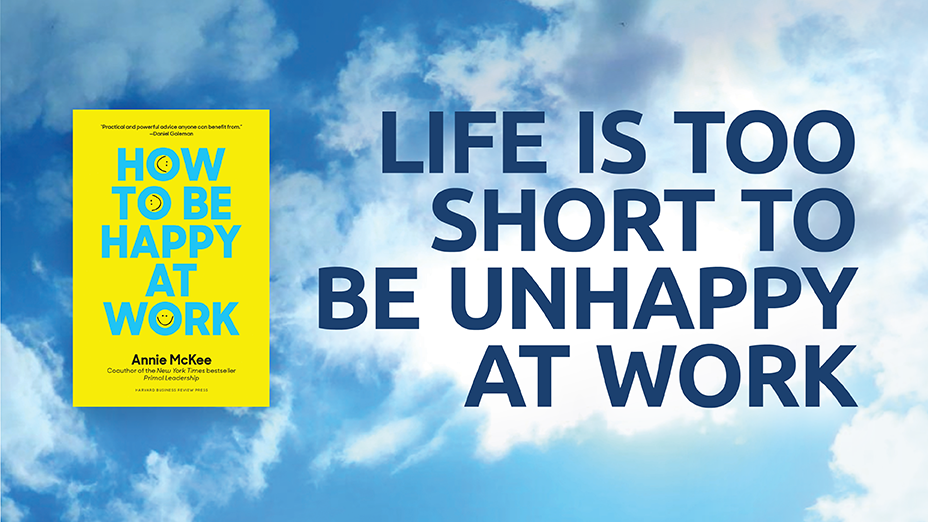A new kind of employee is redefining the workplace globally. Known as "Millennials," these young workers - born between 1980 and 2004 - are the most educated and tech-savvy generation in history and they have significantly different expectations of work than their predecessors. At the same time, "Boomers," those born between 1943 and 1960, are starting to retire, and a race to replace them with top talent has begun. It's predicted that by 2020, Millennials will make up 50% of the workforce globally, so having a plan to attract and retain the best and brightest is critical to your business' long-term success.
So what do you need to know about "Millennials" in order to drive your business into the future?
Competitive Advantage Through Your People
As the massive Boomer generation exits the workforce, your competitive advantage will become even more tied to the ability to understand and capitalize on what motivates your people and make that work for your business. Millennials are less afraid of failute and driven less by financial incentives, so if your aren't able to meet their needs, they'll find an employer that will. This, coupled with the challenges of implementing successful succession plans for retiring senior leaders, will significantly impact your business' strategy for growth. And, if you aren't planning for this now, you'll most likely be left behind.
Engaging and Retaining Millennials
So how do you develop and retain the best people who will move your business forward? The solution isn't as complex or as expensive as you may think. Millennials put high value on learning and development opportunities, being thanked and appreciated for their efforts and being provided with flexibility in terms of how and when they work. Implementing flexible work hours, for example, is a way to drive productivity, at next to no cost. But this type of culture change within an organization, while free, can be tough for Boomers and Gen Xers to adopt. These generations have relied on a more traditional way of operating. They're typically accustomed to working t their desks in an office, and have the understanding that no feedback from a superior must mean good feedback - a stark contrast to how today's younger workers operate. So for a culture change of this magnitude to be successful, it needs to start with the right tone from the top. Leadership can implement programs where people are rewarded for demonstrating the behaviours the company values, like saying thank you and working collaboratively. Aligning the desired culture change to your company programs, like rewards and flexbility, and overall business strategy is critical to appeal to and retain top talent not just for Millennials but across the generations.
People risk is a key part of your enterprise risk management strategy.
Keeping your people engages by demonstrating that you understand their needs, and then aligning those needs to your business strategy, is a sign of a high performing company. It's also been found that multi-generational working groups are the most innovative, and when properly engages, these teams will help set your business apart.
How are the leaders of your organization aligning strategies and adapting to the changing risk management strategy?
If they aren't doing anything, consider the risks and impact on your reputation and bottom line. Your people risk needs to be a component of your Enterprise Risk Management strategy, or your productivity and ability to meet your strategic objectives will be compromised. These are our top 10 questions leaders should be talking about in managing a multi-generational workforce to get conversation started.
1. Characteristics of the Multi-Generational Workforce
Do we understand the different values and motivations in our multi-generational workforce?
By looking at what drives people engagement, you can clearly see differences in what each generation calues and what they look for in an employer. While your Boomer sought good paying jobs, recognition and status, your Millennials want to be part of a diverse team, learn new things every day, have more flexibility to manage their lives and interact with people through social media. Identifying these differences and addressing them proactively will help you retain top talent.
2. Recruitment
How are we making sure we're finding top talent?
If you're not connected daily to potential recruits through social media then you're missing out on some of the top talent. Your recruiters should be using social media sites as key sources for finding non-active job seekers. Not only will these potential recruits learn about your organization, you'll learn a lot about them from their social media profile. To assess talent, focus on the candidate profile your organization needs for the future, which is moving much more towards leadership capabilities and less on technical skills. Qualities like being able to adapt to change, understanding and supporting a team and being flexible are increasingly important in a multi-generational workforce. Recruitment techniques need to move beyong the traditional interview into assessment centres, profiling and other methods to help get a fuller picture of the capabilities of the people you are hiring.
3. Retention
What kind of work environment and practices do we have in place to drive retention?
For the Millennial generation, they need to feel emotionally connected to their place of work to be engages and to stay. Retention, for this generation, is founded on four key drivers: a flexible work environment, engaging work and development opportunities, a sense of community and competitive pay. Are you supporting these drivers by ensuring your organization promotes flexibility, leanring opportunities, the ability to give back to the community and by offering competitive compensation?
4. Balance and Workload
Excessive and prolonged work hours has been found to predict higher turnover, lower commitment and reduced job satisfaction. How are we addressing this imbalance?
Work/life imbalance has a negative impact on people's commitment to their work and may even influence their choice to leave a job, and this is even more pronounced with top performers and Millennials. Looking at different ways to manage your workforce through, for example, offering flexible work hours, flexible time off programs and supplementing your workforce during peak periods with contingent workers, are a few ways to address this issue to mitigate the risk of losing your top talent.
5. Leadership Development
As a Baby Boomer of Gen X, what are some of the things I need to learn or change to manage Millennials?
Millennials don't expect their employers to manage their career or provide them with job security, but they do expect learning and development opportunities, engaging work and flexibility in how they work. Leaders will need to adapt to this style of working. Learning about what this generation needs from you, and monitoring how well you're doing is how you can demonstrate to your Millennials that you value them and want them to stay.
6. People and Teams
Do I have the right people with the right skills in place to manage more flexibility in the workplace?
Just as talent needs are shifting, so too is the way business is conducted. Flexibility is important to all generations, but is critical for Millennials. We are seeing the rise of more and more virtual teams which present unique challenges for management in terms of providing leadership, coaching and general oversight to a team that you don;t see, and who don't see each other in the workplace every day. What technology do you have in place to make work more efficient, productive and flexible and do your leaders trust their staff to be productive in a virtual workplace?
7. Cultural Change
How are we addressing the cultural change that needs to take place to support a multigenerational workforce?
Having leaders who are comfortable working within a flexible work environment and who are supportive of a flexible culture is critical. This is a challenge for leaders who didn't grow up in that type of flexible environment. Equally, the need to give continual recognition and appreciation for a job well done is very important to the Millennial generation. Think of it as 'instantaneous feedback'. For many leaders who were occasionally told they were doing a good job, this is another big change to realize that Millennials need more regular feedback and appreciation for their efforts. Remember, for Millennials, flexibility and appreciation are major drivers of commitment, so your corporate culture will need to adapt to reflect this trend.
8. Learning and Development
What kinds of learning and development solutions do we have in place to support our people's development?
Millennials expect skill development in return for delivering high quality work. They want to be continually learning and improving their skill sets. We continue to see a trend towards the gamification of learning solutions to adapt to this generation's needs. It's a different approach to learning and one many organizations are adapting. To engage your workforce, what solutions do you have in place for developing your people on an ongoing basis? Take into consideration all of your options -- secondments to other offices or groups, formal and informal mentoring and other experiential learning opportunities, like job shadowing to help meet this growing need from your teams.
9. Compensation
Are there differences in how each generation perceives compensation?
How people perveive their pay plays a key role in retention and job satisfaction. Millennials aren't as concerned with pay (providing the pay is competitive) and choose to stay with an organization for other reasons. Giving your Millennials more control over their career path, development opportunities and work/life flexibility are things to keep in mind to retain them.
10. Planning for the Future
Why's understanding the multi-generational workforce so important for leaders today?
In a relatively healthy Canadian job market, top performing Millennials can and may go elsewhere - either for an environment that tey perceive will help them grow professionally or improved work/life flexibility. Due to improvements in technology and increased mobility, competition for the top talent continues to be a challenge. If you don't stay vigilant and continue to find ways to adapt to and support your changing workforce needs, you risk losing your best and brightest.



(2).jpg)

.png)



What Did You Think?